Regulatory Compliance and Standards
Regulatory compliance and standards are becoming increasingly relevant in the RFID Lock Market. Governments and regulatory bodies are establishing guidelines to ensure the security and privacy of RFID technology. Compliance with these regulations is essential for manufacturers and service providers, as it can influence market entry and product development strategies. Companies that adhere to these standards are likely to gain a competitive edge, as consumers become more aware of security and privacy issues. The emphasis on compliance may also lead to innovations in RFID lock design and functionality, as manufacturers strive to meet evolving regulatory requirements. This focus on compliance is expected to shape the market landscape, potentially increasing the overall demand for RFID locks.
Rising Demand for Contactless Solutions
The RFID Lock Market experiences a notable surge in demand for contactless solutions, driven by the increasing need for convenience and hygiene. As consumers become more health-conscious, the preference for touchless access control systems grows. RFID locks offer a seamless entry experience, eliminating the need for physical keys or keypads. This trend is particularly evident in residential and commercial sectors, where the adoption of RFID technology is projected to rise significantly. According to recent data, the RFID lock market is expected to witness a compound annual growth rate of approximately 15% over the next five years. This growth is indicative of a broader shift towards automation and smart technologies, positioning RFID locks as a preferred choice for modern security solutions.
Growth of Smart Home and Automation Trends
The RFID Lock Market is poised for growth due to the rising trends in smart home technology and automation. As more consumers embrace smart home devices, the integration of RFID locks into these ecosystems becomes increasingly prevalent. RFID locks can seamlessly connect with other smart devices, allowing for centralized control and enhanced functionality. This trend is particularly attractive to tech-savvy consumers who prioritize convenience and security. Market analysis indicates that the smart home market is projected to grow at a CAGR of 25% over the next five years, which will likely drive the adoption of RFID locks as a key component of smart home security solutions.
Technological Advancements in RFID Technology
Technological advancements play a crucial role in shaping the RFID Lock Market. Innovations in RFID technology, such as enhanced encryption methods and improved read ranges, contribute to the growing appeal of RFID locks. These advancements not only bolster security but also enhance user experience by providing faster access and greater reliability. The integration of IoT capabilities into RFID systems further amplifies their functionality, allowing for remote monitoring and management. As organizations increasingly prioritize security and efficiency, the demand for advanced RFID locking solutions is likely to escalate. Market data suggests that the introduction of next-generation RFID technology could lead to a substantial increase in market penetration, potentially doubling the adoption rates within the next decade.
Increasing Focus on Security and Theft Prevention
The RFID Lock Market is significantly influenced by the increasing focus on security and theft prevention. As crime rates fluctuate, both residential and commercial property owners seek robust security solutions to safeguard their assets. RFID locks provide enhanced security features, such as real-time alerts and access logs, which are appealing to consumers concerned about unauthorized access. The market for RFID locks is projected to expand as businesses and homeowners recognize the value of investing in advanced security systems. Recent statistics indicate that the global market for security systems, including RFID locks, is expected to reach USD 100 billion by 2026, highlighting the growing importance of security in consumer purchasing decisions.

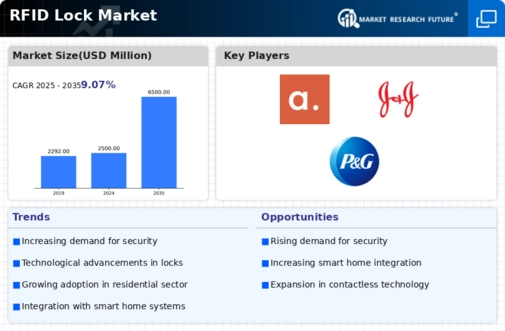
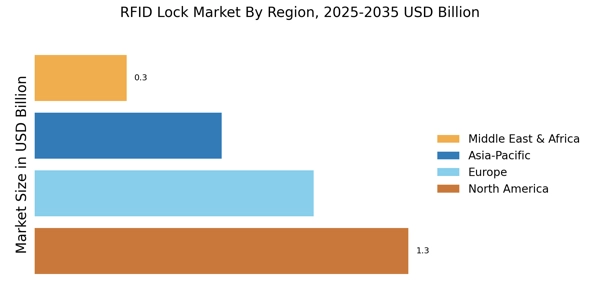
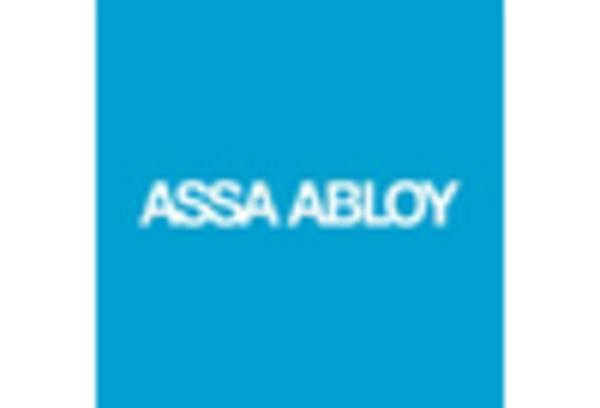
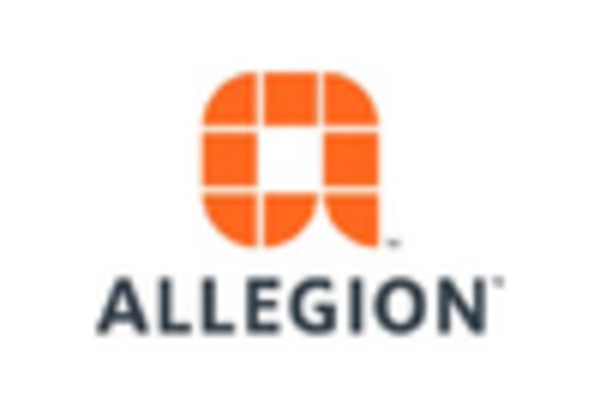
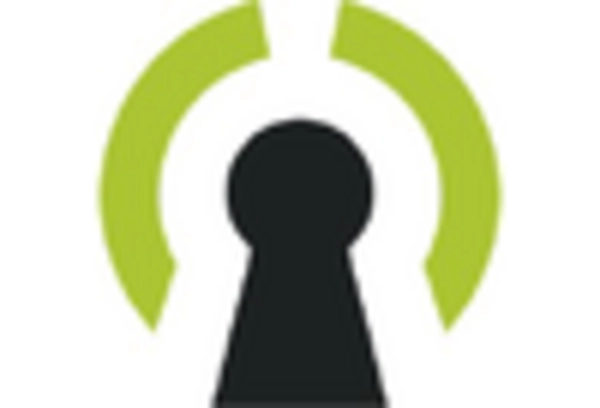
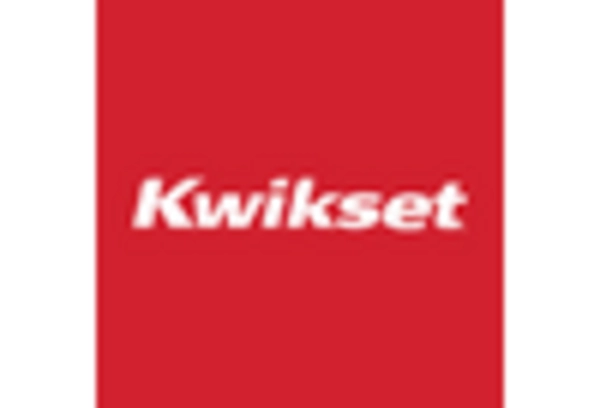










Leave a Comment